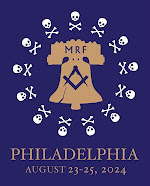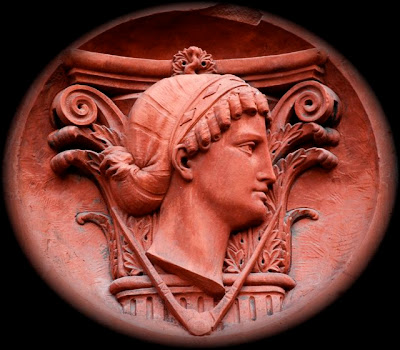The Journal is a quarterly magazine containing Masonic information written by authors from all over the world. Speculative papers, academic writings, news stories, history, fiction, poetry, great photography, insightful opinion and other editorial elements reviving the golden age of Masonic publishing. Features in the new issue include:
Masonic Week: Let It Snow, by The Editors
The Grand Constitutions of 1786 and the ‘Scottish Rite War,’ by Michael Poll
Restructuring American Freemasonry Part III: The Scottish Rite, by Mark Tabbert
The Seven Liberal Arts & Sciences, by David E. Amstutz
Masonic History Unfolds at Historic Ft. Buford, by Jim Savaloja
The Mystery of Pre-European Freemasonry, by Ron Hartoeben
The Quest by Steve Osborn
Here’s Your Hat, What’s Your Hurry? by Roger VanGorden
Masonic Treasures: National Treasure Pipe by Chris Hodapp
A new section: Books, Arts, Styles and Manners, featuring:
Stephen Dafoe’s Morgan: the Scandal that Shook Freemasonry, reviewed by Kevin Noel Olson; Tobias Churton’s The Invisible History of the Rosicrucians: The World’s Most Mysterious Secret Society reviewed by Randy Williams; and Jay Kinney’s The Masonic Myth: Unlocking the Truth About the Symbols, the Secret Rites, and the History of Freemasonry reviewed by Jay Hochberg.
Plus Masonic news, reports of the Masonic Society’s activities at Masonic Week, new by-laws, Fellows for 2010, new advertisers, and more!
This issue’s cover features Solomon Dedicates the Temple at Jerusalem c. 1896-1902, by James Jacques Joseph Tissot (1836-1902). In the 1890s, Tissot left Paris and traveled extensively in Palestine, where he painted a series of what would become more than 700 watercolors based on the Hebrew Bible and the life of Jesus.
It is impossible for me to be objective about the value of membership in The Masonic Society, so I won't pretend. Since introducing ourselves 24 months ago, membership has grown beyond 1,100. The Journal is a top quality publication that, frankly, has inspired other national Masonic periodicals to revise their own operations by improving content and modernizing style. And a subscription to this magazine is only one of the benefits of membership. Members are granted access to the Society’s on-line forum, where hundreds of Masons from around the globe interact every day, helping each other learn more about our fraternity. As of right now, the Forum is buzzing with 734 members discussing 3,623 topics!
And of course it wouldn’t be a Masonic organization without goodies like pins and membership cards, but the Society cranks up the quality of these items, producing elegant symbols of membership that earn accolades. In addition, each member receives an 11x14 patent, personalized and highly stylized that you’ll want professionally framed. It is a very impressive document, on parchment with a hand-stamped wax seal.
But the true benefit of membership in The Masonic Society is the learning experience. Whether it’s an eye-popping topic in the magazine, or just simple conversation in the forum, there is no end to what a Mason can learn from his brethren in this organization. It’s the best 39 bucks I’ve ever spent in Masonry.
Our new President is Michael Poll, the publisher of Cornerstone Books. Our Editor-in-Chief is Chris ‘Freemasons for Dummies’ Hodapp. And our Directors, Officers and Founders include many leaders in Masonic education, including authors, publishers, curators, lecturers and regular Master Masons like you and me.
Brethren, there is a lot of confusion in the Temple over Freemasonry. ‘Dan Brown this,’ ‘Templar treasure that’ and all kinds of superstitions never should distract the brethren from Truth. The Masonic Society offers one way to uphold Truth with like-minded Masons from all over the world, and have some fun doing it. I hope you’ll check us out.
































































































